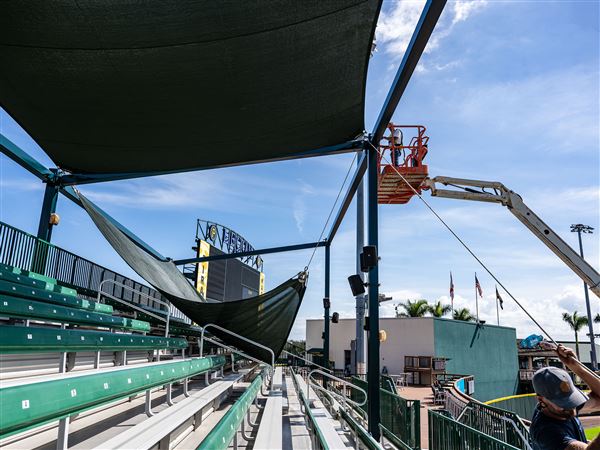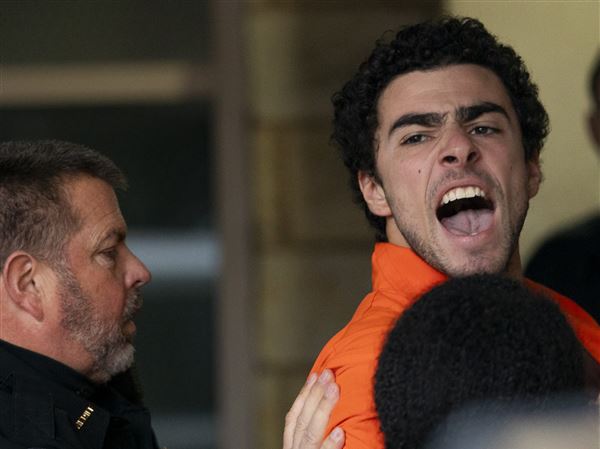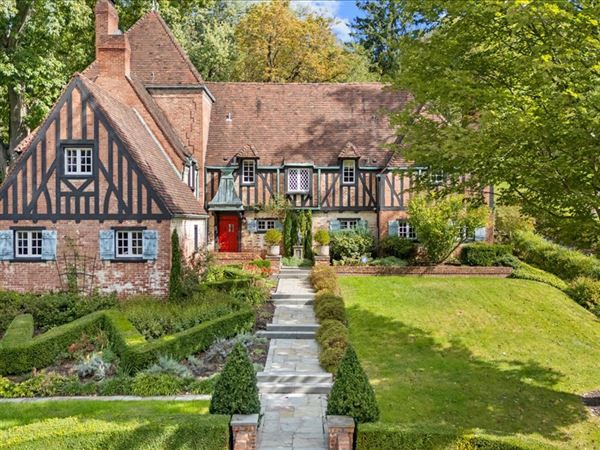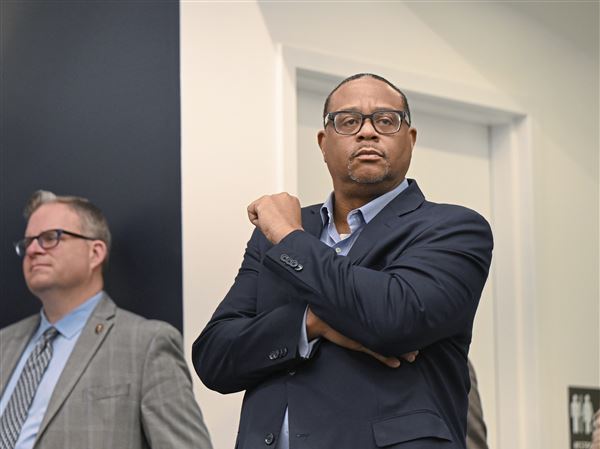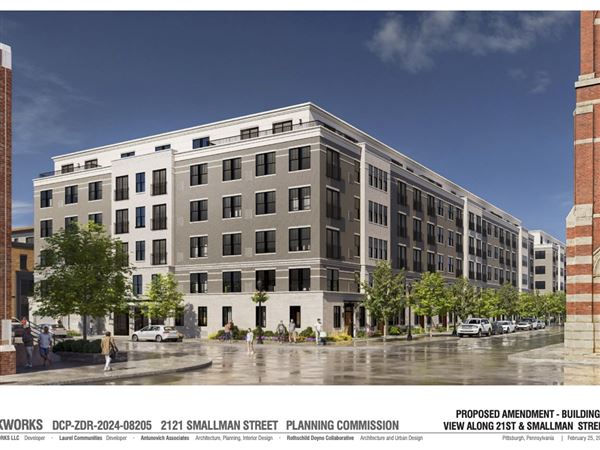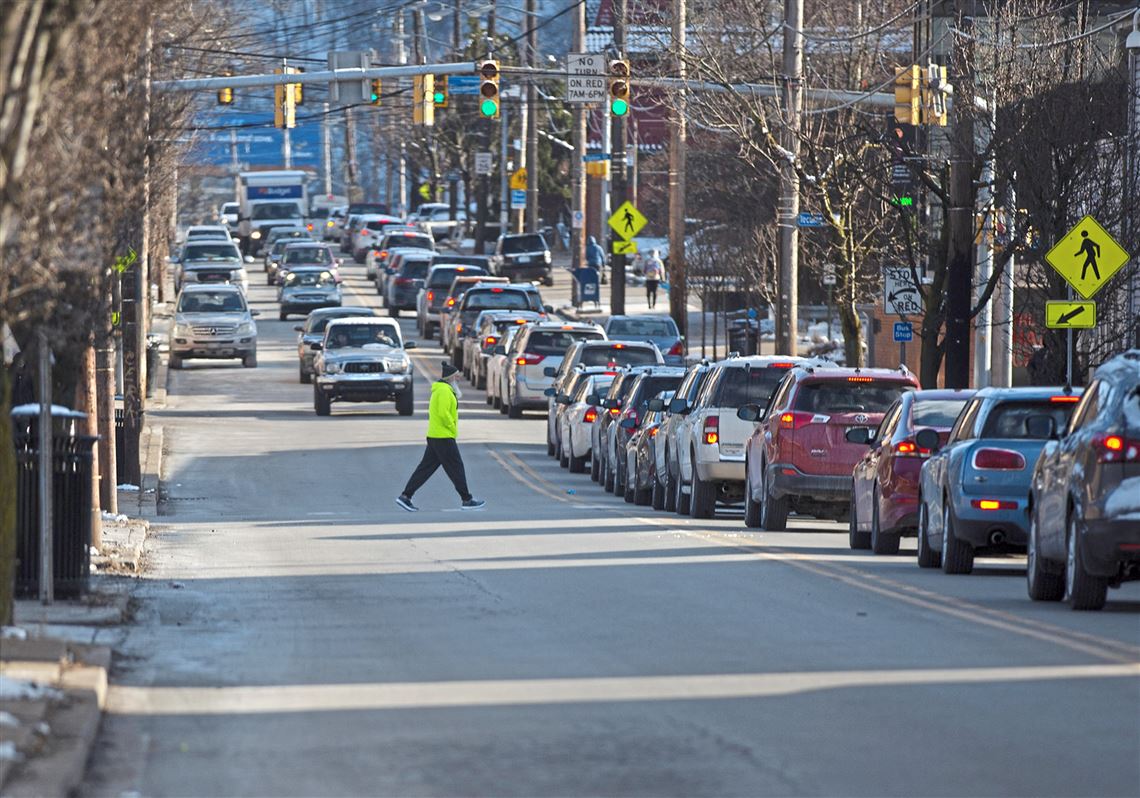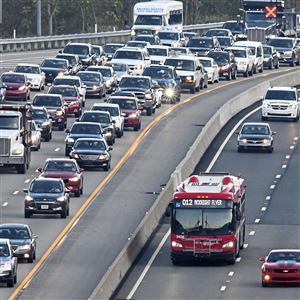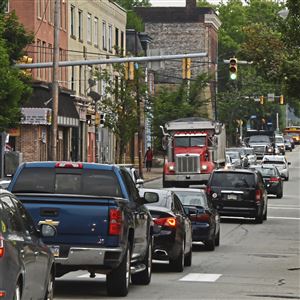The Southwestern Pennsylvania Commission went into its yearlong study of traffic in Pittsburgh’s Second Avenue corridor with one clear truth: Rush-hour traffic is bad and it’s likely to get worse unless some changes are made.
The 140-page study came back with recommendations ranging from relatively minor work such as extending trails and improving sidewalks; to moderate transit improvements such as building more park-and-ride lots and extending the Bus Rapid Transit system; to major road work like redesigning the Glenwood Bridge interchange in Hays, reconstructing Bates Street from Second Avenue to Oakland and building a new, multimodal bridge across the Monongahela River from South Side to Hazelwood.
Those major items will face tough sledding as the Pennsylvania Department of Transportation shifts more than $3 billion from local roads to interstate improvements over the next nine years, said Cheryl Moon Sirianni, PennDOT’s district executive for Allegheny, Beaver and Lawrence counties.
The price tag, depending on the options chosen, ranges from $289.6 million to $351.3 million, with short-term projects possible in the first six years, medium-term projects in six to 12 years and long-term projects more than 12 years away.
“Those were the things we heard overwhelmingly from people: They wanted more options,” said Domenic D’Andrea, manager of transportation operations and safety programs for SPC. “Really, the overarching goal of the study is to reduce the use of single-passenger vehicles,” which the study showed is 10 of every 11 vehicles during rush hours.
Mr. D’Andrea worked with consultant Whitman, Requardt and Associates of Cranberry to develop the study with participation from the city, PennDOT, Allegheny County, Port Authority and neighborhood groups.
In studying the corridor, which runs from the Armstrong Tunnel through Hazelwood to the Glenwood Bridge, the group took into account projected development at the Hazelwood Green project and the reuse of Century III in West Mifflin as sites likely to generate additional traffic. Hazelwood Green, the site of the former Jones & Laughlin steel plant on Second Avenue in Hazelwood, is projected to develop 6 million to 8 million square feet of space over the next 20 years.
Among the short-term projects, which could cost $7.1 million to $8.8 million, would be providing a trail link to the 10th Street/Philip Murray Bridge, bike access to Frazier Street and reconfiguring the traffic lanes on Second Avenue.
Medium-range work ($109 million to $127.5 million) would include trail links to Oakland, Bates Street, Hazelwood Green and the Hot Metal Bridge; expanding the Hazelwood Trail in Hazelwood; expanding Bus Rapid Transit service to Homestead and West Mifflin via Second Avenue; expanding bus service to Allentown and the South Hills; adding park-and-ride facilities in Hays and along Becks Run Road; and improving the turn lanes at the intersection of Second Avenue and Bates Street.
Scott Thompson of Whitman, Requardt and Associates said it would be important to expand Port Authority’s Bus Rapid Transit system, which should open between Downtown Pittsburgh and Oakland in 2023. The study proposes priority signal lanes for buses on Second Avenue and joining the existing system near the the Birmingham Bridge.
That extension would be fed by passengers using new park-and-ride lots, which have worked well in other parts of the county, including North Shore parking for commuters using the light rail system to the Golden Triangle.
Port Authority spokesman Adam Brandolph said the agency is “pleased” with the recommendations for transit and will consider them as part of the long-range, countywide plan that is being developed.
“Obviously, Second Avenue is an important corridor,” he said. “It’s a gateway to many communities in the South Hills.”
Long-term projects would be $173.5 million to $215 million to build a new bridge somewhere south of Becks Run Road; reconfigure the Hays interchange with the Glenwood Bridge to install two roundabouts; expand the Hazelwood Trail along the Monongahela River and link it with the Glenwood Bridge; and reconstruct Bates Street and its connection with the Parkway East.
Although PennDOT recently completed Glenwood Bridge ramp improvements at Hays, Mr. Thompson said installing roundabouts would calm traffic and “simplify decision-making” in the confusing area with wings to Hays, West Homestead, South Side and Hazelwood. The proposed new bridge also would provide another alternative for motorists.
Ms. Moon-Sirianni said she understands the need for improvements for the Second Avenue corridor, but that PennDOT simply doesn’t have the money to build a new bridge, estimated at $85 million to $115 million. Recent work at the Hays interchange made the ramps in that area “functional and in good condition,” so the agency isn’t planning any additional work there, she said.
The agency will begin work in the next few months on $5 million worth of road improvements and traffic signals on the Hazelwood Green site, Ms. Moon-Sirianni said. That work was paid for through a special discretionary grant from Gov. Tom Wolf.
“Any of these are going to allow traffic to flow better,” Ms. Moon-Sirianni said. “Any time you can have an alternate route for traffic, it’s good for the region, but at this point, I don’t know where the money is going to come from to do that. We’re struggling to take care of the assets we have now.”
Mr. D’Andrea said it’s too early to say how long the short- and medium-term projects can provide traffic relief for the corridor.
“A lot of that depends of the intensity of the development at Hazelwood Green,” he said. “Will that higher growth [projection] occur, and how soon? Nobody knows.”
Ed Blazina: eblazina@post-gazette.com, 412-263-1470 or on Twitter @EdBlazina.
First Published: February 10, 2020, 10:30 a.m.
